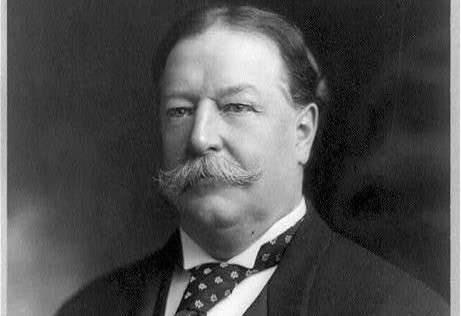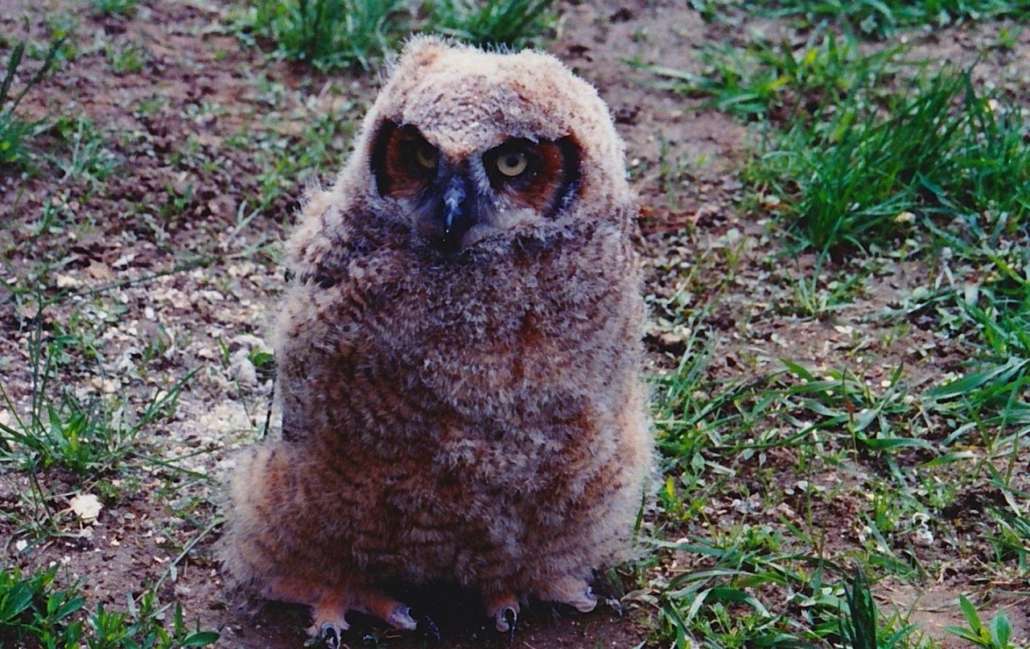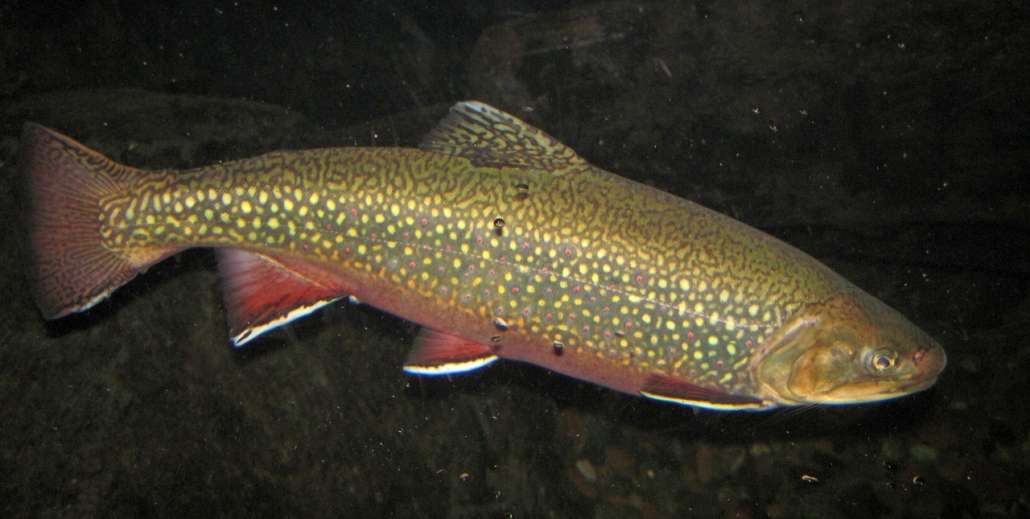SCORES & OUTDOORS: A week with the dolphins

 by Roland D. Hallee
by Roland D. Hallee
I will start this column by saying I know we don’t have any of these around here, but on a recent vacation to the Outer Banks, of North Carolina, I saw several of them.
A group of us rented a house on the beach in Nags Head, North Carolina, for a week of relaxation. Every morning, it became ritual to awake before sunrise, walk out to a gazebo near the beach and watch the rising sun. To our surprise, and delight, we experienced an unexpected daily show by dolphins, in the distance.
Now, let’s make this clear as we delve into the world of this intelligent creature. Dolphins are not fish, they are mammals.
A dolphin is an aquatic mammal. There are 40 extant species named as dolphins.
Though not quite as flexible as seals, some dolphins can briefly travel at speeds of 18 mph or leap about 30 ft. Dolphins use their conical teeth to capture fast-moving prey. They have well-developed hearing which is adapted for both air and water. It is so well developed that some can survive even if they are blind. Some species are well adapted for diving to great depths. They have a layer of fat, or blubber, under the skin to keep warm in the cold water.
Dolphins are widespread. Most species prefer the warm waters of the tropic zones, but some, such as the right whale dolphin, prefer colder climates. Dolphins feed largely on fish and squid, but a few, such as the orca, feed on large mammals such as seals. Male dolphins typically mate with multiple females every year, but females only mate every two to three years. Calves are typically born in the spring and summer months and females bear all the responsibility for raising them. Dolphins produce a variety of vocalizations, usually in the form of clicks and whistles.
A dolphin ear has specific adaptations to the marine environment. In humans, the middle ear works as an impedance equalizer between the outside air’s low impedance and the cochlear fluid’s high impedance. In dolphins, and other marine mammals, there is no great difference between the outer and inner environments. Instead of sound passing through the outer ear to the middle ear, dolphins receive sound through the throat, from which it passes through a low-impedance fat-filled cavity to the inner ear.
A dolphin eye is relatively small for its size, yet they do retain a good degree of eyesight. As well as this, the eyes of a dolphin are placed on the sides of its head, so their vision consists of two fields, rather than a binocular view like humans have. When dolphins surface, their lens and cornea correct the nearsightedness that results from the water’s refraction of light.
The olfactory lobes and nerve are absent in dolphins, suggesting they have no sense of smell.
Dolphins are not thought to have a good sense of taste, as their taste buds are atrophied or missing altogether. Some have preferences for different kinds of fish, indicating some ability to taste.
Brain size was previously considered a major indicator of the intelligence of an animal. Since most of the brain is used for maintaining bodily functions, greater ratios of brain to body mass may increase the amount of brain mass available for more complex cognitive tasks.
Self-awareness is seen, by some, to be a sign of highly developed, abstract thinking. Self-awareness, though not well-defined scientifically, is believed to be the precursor to more advanced processes like meta-cognitive reasoning (thinking about thinking) that are typical of humans. Research in this field has suggested that dolphins possess self-awareness. The most widely used test for self-awareness in animals is the mirror test in which a mirror is introduced to an animal, and the animal is then marked with a temporary dye. If the animal then goes to the mirror in order to view the mark, it has exhibited strong evidence of self-awareness.
Dolphins are highly social animals, often living in pods of up to a dozen individuals, though pod sizes and structures vary greatly between species and locations. What we saw everyday was a pod of about a dozen dolphins.
Dolphins communicate using a variety of clicks, whistle-like sounds and other vocalizations. Dolphins also use nonverbal communication by means of touch and posturing.
Dolphins also display culture, something long believed to be unique to humans (and possibly other primate species). In May 2005, a discovery in Australia found Indo-Pacific bottlenose dolphins teaching their young to use tools.
Dolphins engage in acts of aggression towards each other. The older a male dolphin is, the more likely his body is to be covered with bite scars. Male dolphins can get into disputes over companions and females. Acts of aggression can become so intense that targeted dolphins sometimes go into exile after losing a fight.
Reports of cooperative human-dolphin fishing date back to the ancient Roman author and natural philosopher Pliny the Elder. Dolphins drive fish towards fishermen waiting along the shore and signal the men to cast their nets. The dolphins’ reward is the fish that escape the nets.
Dolphins have few marine enemies. Some species or specific populations have none, making them apex predators. For most of the smaller species of dolphins, only a few of the larger sharks, such as the bull shark, dusky shark, tiger shark and great white shark, are a potential risk, especially for calves. Some dolphin species are at risk of extinction, especially some river dolphin species such as the Amazon river dolphin, and the Ganges and Yangtze river dolphin, which are critically or seriously endangered. A 2006 survey found no individuals of the Yangtze river dolphin. The species now appears to be functionally extinct.
Pesticides, heavy metals, plastics, and other industrial and agricultural pollutants that do not disintegrate rapidly in the environment concentrate in predators such as dolphins. Injuries or deaths due to collisions with boats, especially their propellers, are also common.
In Greek myths, dolphins were seen invariably as helpers of mankind. Dolphins also seem to have been important to the Minoans, judging by artistic evidence from the ruined palace at Knossos. During the 2009 excavations of a major Mycenaean city at Iklaina, a striking fragment of a wall-paintings came to light, depicting a ship with three human figures and dolphins. Dolphins are common in Greek mythology, and many coins from ancient Greece have been found which feature a man, a boy or a deity riding on the back of a dolphin.
Although dolphins generally interact well with humans, some attacks have occurred, most of them resulting in small injuries. Fatal attacks from other species are less common, but there is a registered occurrence off the coast of Brazil in 1994, when a man died after being attacked by a bottlenose dolphin named Tião. Tião had suffered harassment by human visitors, including attempts to stick ice cream sticks down her blowhole.
A number of militaries have employed dolphins for various purposes from finding mines to rescuing lost or trapped humans. The military use of dolphins drew scrutiny during the Vietnam War, when rumors circulated that the United States Navy was training dolphins to kill Vietnamese divers. The United States Navy denies that at any point dolphins were trained for combat. Dolphins are still being trained by the United States Navy for other tasks as part of the U.S. Navy Marine Mammal Program. The Russian military is believed to have closed its marine mammal program in the early 1990s. In 2000 the press reported that dolphins trained to kill by the Soviet Navy had been sold to Iran.
In some parts of the world, such as Taiji, Japan and the Faroe Islands, dolphins are traditionally considered as food, and are killed in harpoon or drive hunts. Dolphin meat is consumed in a small number of countries worldwide, which include Japan and Peru (where it is referred to as chancho marino, or “sea pork”). While Japan may be the best-known and most controversial example, only a very small minority of the population has ever sampled it.
Dolphin meat is dense and such a dark shade of red as to appear black. There have been human health concerns associated with the consumption of dolphin meat in Japan after tests showed that dolphin meat contained high levels of mercury.
That’s what dolphins are all about in a nutshell. There is much more science and data gathered regarding those sea mammals.
Roland’s trivia question of the week:
The Boston Celtics and Philadelphia 76ers have met 109 times in the playoffs, which team has won the most games?






 As the winter snow melts and the sun starts to shine, people in the Northeast United States look forward to the arrival of spring. However, for many, springtime also brings along the onset of seasonal allergies. This is especially true in Maine, where the blooming of flowers and trees can cause a range of allergic reactions.
As the winter snow melts and the sun starts to shine, people in the Northeast United States look forward to the arrival of spring. However, for many, springtime also brings along the onset of seasonal allergies. This is especially true in Maine, where the blooming of flowers and trees can cause a range of allergic reactions.




 What if you could transform your life today and start feeling better tomorrow? What if it wasn’t that big of a deal to do so? And what if you didn’t need to spend a fortune to get there either? You know what would also be nice? If you could transform not just your physical appearance, but also the way you think about yourself and your life. This can seem like an overwhelming commitment at first, but once you break it down and think about it as a holistic process rather than a giant leap, it seems much more achievable. After all, we’re talking about 5 minutes per day. That’s all it takes!
What if you could transform your life today and start feeling better tomorrow? What if it wasn’t that big of a deal to do so? And what if you didn’t need to spend a fortune to get there either? You know what would also be nice? If you could transform not just your physical appearance, but also the way you think about yourself and your life. This can seem like an overwhelming commitment at first, but once you break it down and think about it as a holistic process rather than a giant leap, it seems much more achievable. After all, we’re talking about 5 minutes per day. That’s all it takes!


